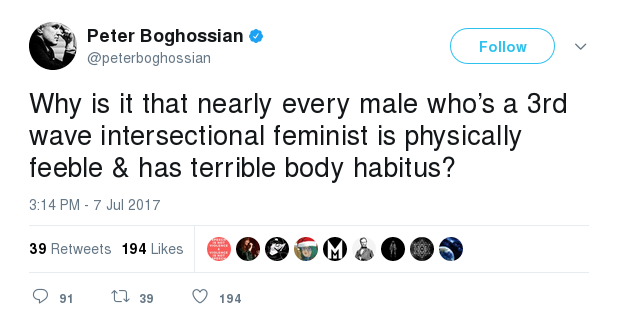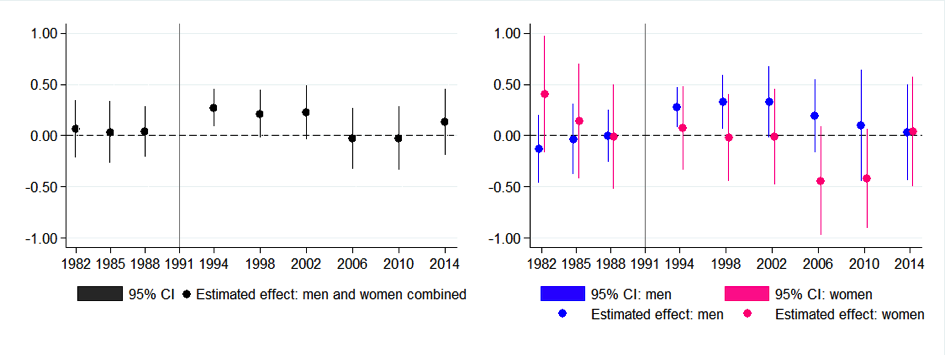Yeah, I got it wrong. “Sneaky Fucker theory” isn’t a thing, but “sneaky fucker” is an informal name for a well-known mating strategy. PZ did an excellent job of straightening things out, and I strongly recommend you read his take.
But he touches on one point that I think is worth repeating and expanding. What precisely is Boghossian saying with these two tweets?


